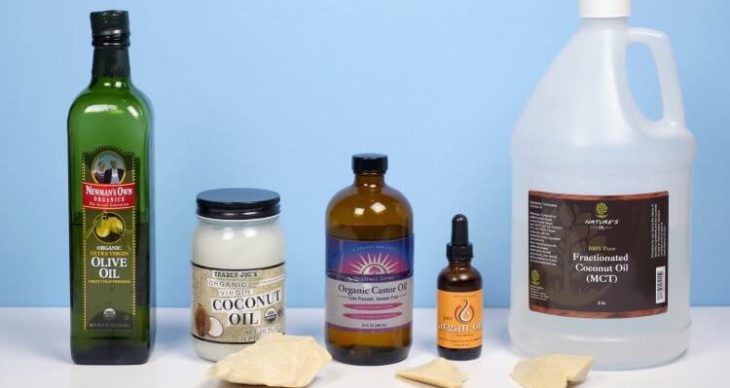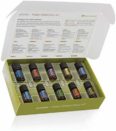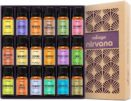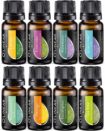Carrier oils and essential oils are made from plants. Carrier oils are used to dilute the potent essential oils and “carry” them to your skin. This is because essential oils can irritate when applied directly to the skin.
Most carrier oils are unscented or lightly scented, so it doesn’t interfere with an essential oil’s therapeutic properties and to complement its smell. They may be used alone or with other oils to nourish your skin.
There are many carrier oils available, with most suitable to use with any essential oil. However, there are a few things to consider before choosing one:
Odor: Some carrier oils have a distinct smell, and when added to essential oil, it may alter the aroma.
Absorption: The skin can absorb some carrier oils better than others.
Skin Type: Depending on your skin type, some oils may irritate skin or worsen skin conditions such as acne.
Shelf life: Some carrier oils can be stored for a longer time than others without going bad.
The U.S. Food and Drug Administration doesn’t regulate carrier oils labeled for use as cosmetics. They do, however, regulate edible cooking oils that may also serve as carrier oils.
You should only buy therapeutic-grade carrier oils from trusted manufacturers. Look for cold-pressed oils, 100% pure, and additive- or preservative-free. If you want to use cooking oil as a carrier oil, choose cold-pressed, organic varieties.
Here, we include popular carrier oils used to dilute essential oils for aromatherapy, massage, and skincare. While this isn’t a complete list of every carrier oil, it’s an excellent place to start.
Although most carrier oils don’t cause an allergic reaction, you should always do a patch test before using it. Here are instructions on how to perform a patch test:
- Add a small amount of carrier oil to the inside of your wrist or just below your ear.
- Cover the oil with a bandage.
- Check back on the area after 24 hours.
- If irritation occurs, rinse thoroughly, and avoid future use.
- If you’re allergic to tree nuts, you shouldn’t use oils derived from tree nuts. This includes sweet almond oil, argan oil, and apricot kernel oil.
To dilute essential oils with a carrier oil, here are important steps to follow to get the correct solution (keep in mind there are different formulas for adults and children, so follow the steps carefully):
For adults:
- 2.5 percent dilution: 15 drops essential oil per 6 teaspoons carrier oil
- 3 percent dilution: 20 drops essential oil per 6 teaspoons carrier oil
- 5 percent dilution: 30 drops essential oil per 6 teaspoons carrier oil
- 10 percent dilution: 60 drops essential oil per 6 teaspoons carrier oil
For children:
- .5 to 1 percent dilution: 3 to 6 drops essential oil per 6 teaspoons of carrier oil
A few things to remember:
Remember to always store carrier oils in a cool, dark place, preferably in the refrigerator. You should also keep them in the dark glass bottles.
Not all oils make good carrier oils, though. You should avoid using things like butter, petroleum jelly, and mineral oil.
Whatever oil you choose, avoid using it on your lips, eyes, or other sensitive areas after it’s been mixed with essential oil. However, you can safely apply carrier oil alone to these areas.





